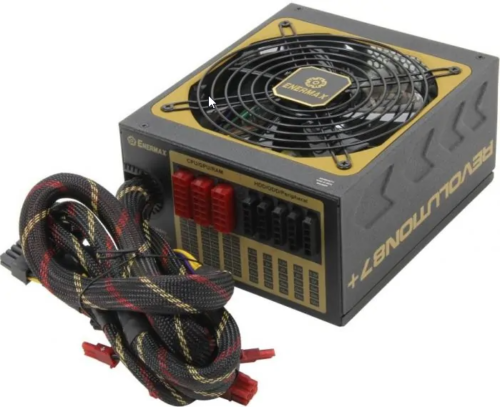I remember someone from Corsair (probably jonnyguru) saying that they changed a single component in the VS series (80 plus white) to make it 80 plus bronze (CV series). But both of these power supplies are group regulated. What this means is that both the 5v output and 12v output are regulated together. So if you have a high load on the 12v line, like a GPU, then the 12v line drops a little. And the voltage correction by the power supply is applied to both the 12v line and 5v line, raising the 5v line over the ATX spec. This is bad for obvious reasons. It can cause instability, lockups, crashes and sometimes even component failure. Also, the efficiency curve of these power supplies are a bell curve, they have a narrow sweet spot for the best efficiency. Group-regulated power supplies like the CV line should be reserved for builds with ultra low power GPU's (no additional PCIe power) or no GPU's at all.
The CX series by Corsair and the MWE v2 series are LLC Resonant. Not to be confused with LLC, load line calibration, which is a bios setting for CPU power under load. In PSU's, the LLC denotes two inductors (L & L of LLC) and a capacitor (C) used in the power supply design to produce the primary voltage line, 12v, at super high efficiency. That single 12v line is then converted to 5v with (also) high efficiency DC-DC converters. The 12v has it's own regulation and all of the lower voltages (5v, 3.3v) have their own regulation with their DC-DC converters. So whichever line has a high load, it's independently regulated without affecting the other voltages/lines. They're also quicker to respond to power demands. The efficiency curve for these power supplies is almost a flat line.
If you have a GPU in your system, or have a high core count processor (more than 4 cores and/or 8 threads), group regulated power supplies should be avoided. They're a very old design, like decades old, and that's why they're so low priced. The components aren't the best, but the vast majority of PC's sold today are office machines with iGPU's and they are perfectly happy with these power supplies, so they continue to be manufactured.
I haven't learned all there is to learn about power supply topology, but that should be a fair summary. Single rail power supplies with DC-DC converters also tend to be lighter, and have less points of failure. And the higher the 80 plus rating you go to, the less heat the power supply produces (since it'll be more efficient at converting power). A 550w platinum power supply would barely rise a few degrees above ambient, so there's savings if you're running air conditioning with less heat being dumped inside your room.
As enthusiasts, we should look at single rail power supplies with DC-DC converters like the CX or MWE v2 as a starting point.


